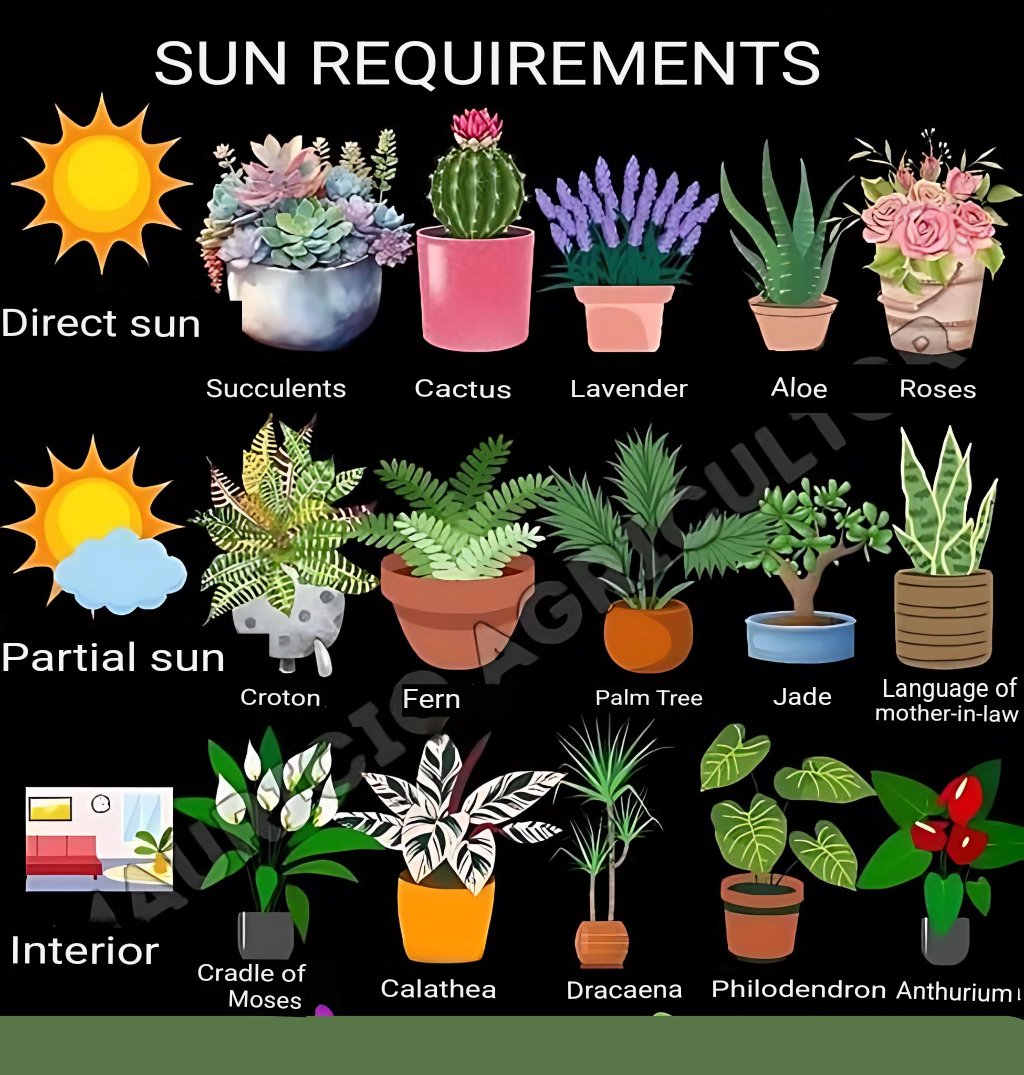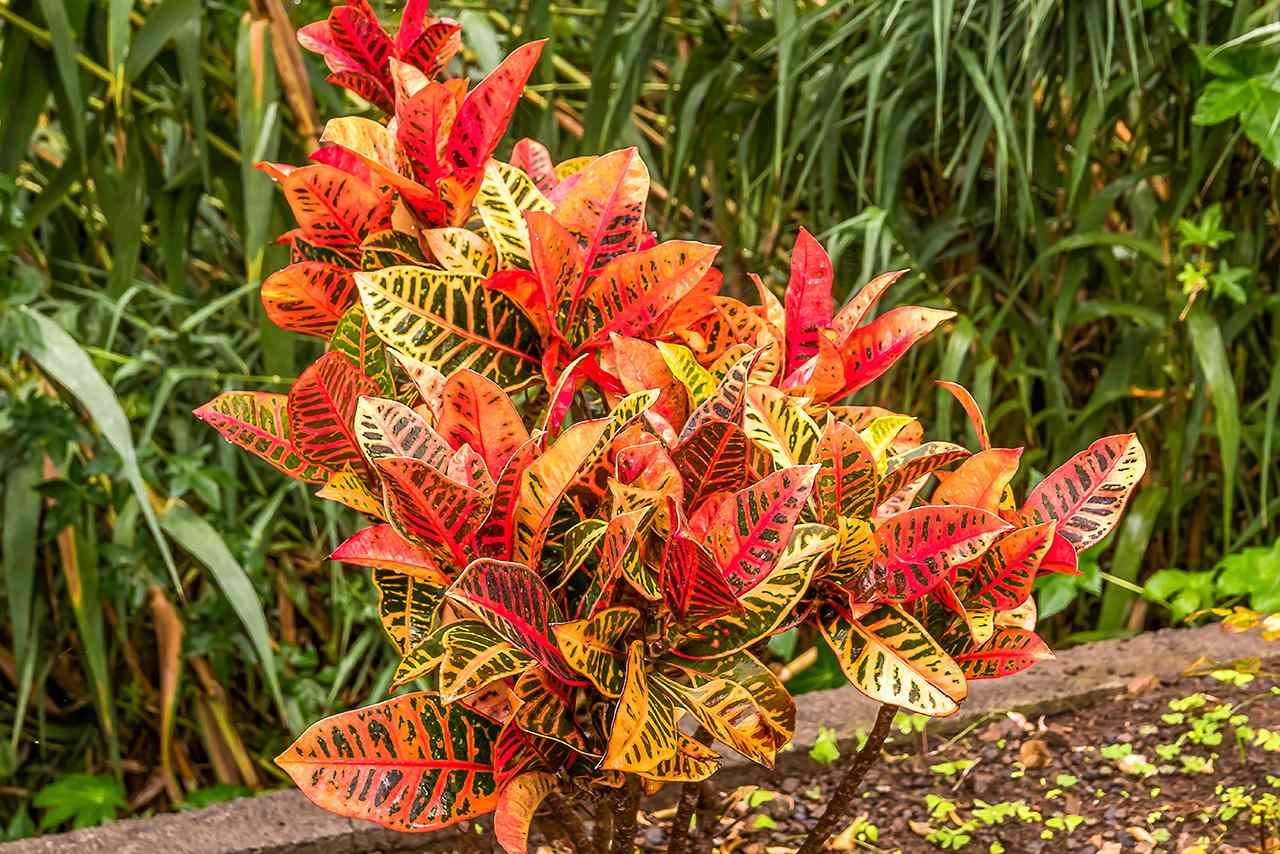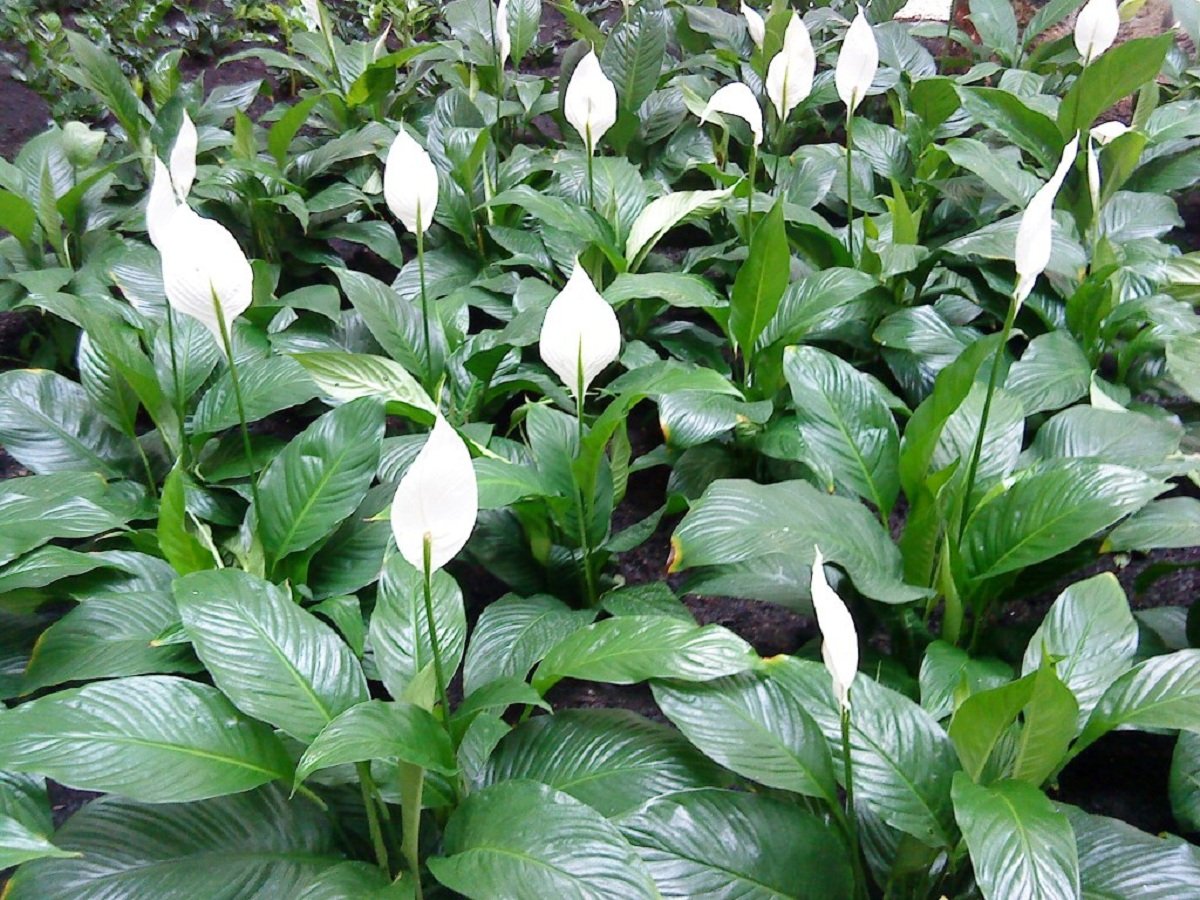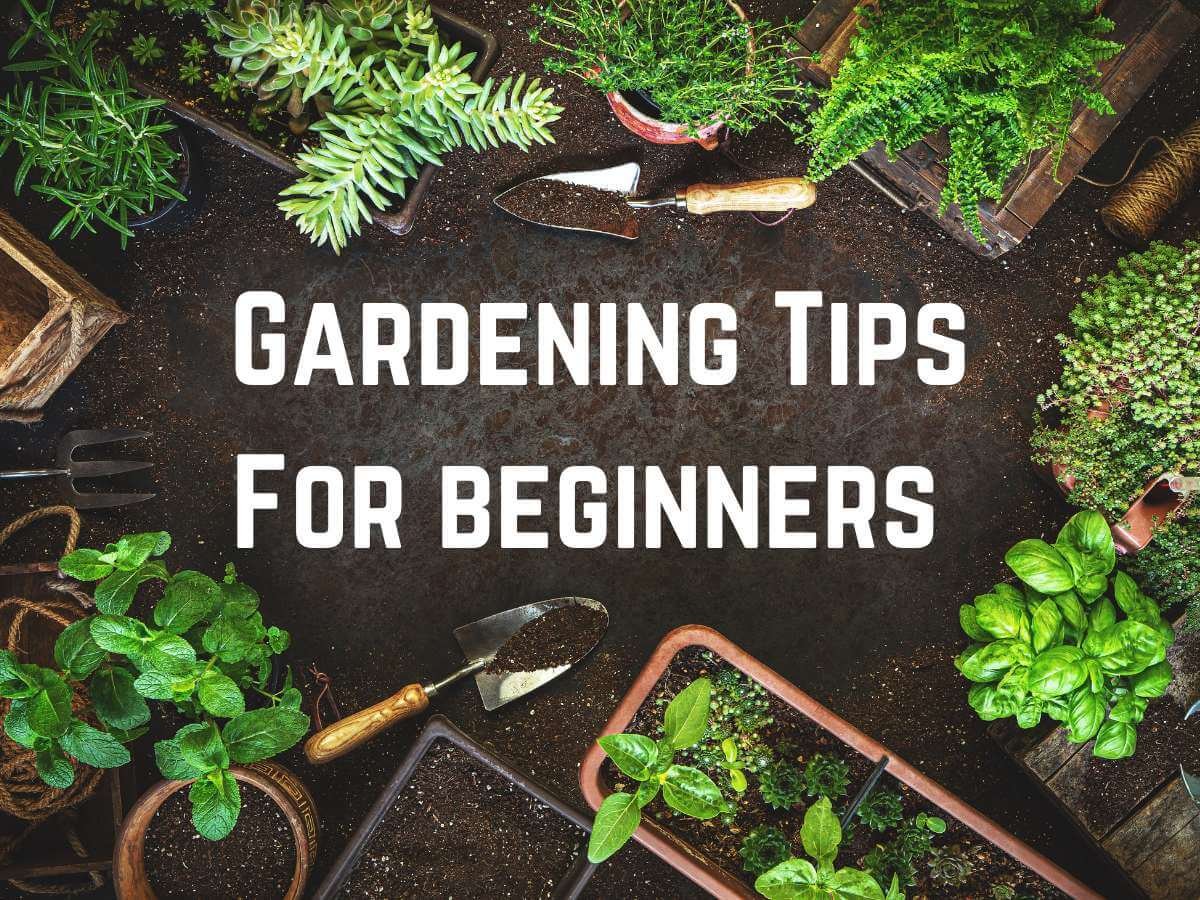Ornamental plants are a stunning addition to any home or garden, bringing vibrant colors, lush foliage, and even air-purifying benefits. However, not all ornamental plants thrive under the same conditions. Some require direct sunlight to grow strong and healthy, while others prefer shaded environments. Understanding the specific sunlight needs of your ornamental plants is crucial to ensuring their long-term growth and beauty.
## Why Sunlight Matters for Ornamental Plants

Sunlight plays a vital role in plant health, influencing photosynthesis, growth rate, and overall vitality. Without sufficient light, plants may experience stunted growth, leaf discoloration, or even premature death. Conversely, too much sun exposure can lead to wilting, leaf burn, and dehydration. Knowing which plants thrive in different lighting conditions allows you to place them strategically in your home or garden for optimal health.
### Categories of Ornamental Plants Based on Sunlight Needs
Ornamental plants can be broadly categorized into three main groups based on their sunlight requirements: direct sun, partial sun, and interior (low-light) plants. Let’s explore each category in detail.
### 1. Ornamental Plants That Need Direct Sunlight
Plants in this category require full sun exposure for at least 6–8 hours a day. They are well-suited for outdoor gardens, balconies, or sunny windowsills.
#### _Succulents and Cacti_
Succulents and cacti are among the most sun-loving plants. They store water in their thick leaves, making them highly drought-resistant. Common examples include:
– **Echeveria**
– **Aloe Vera**
– **Agave**
– **Cactus varieties** (Prickly Pear, Barrel Cactus, etc.)
#### _Lavender_
Lavender is a fragrant and hardy plant that thrives in direct sunlight. It produces beautiful purple blooms and has numerous health benefits, including stress relief and insect-repellent properties.
#### _Aloe Vera_
Aloe Vera is not just an attractive plant; it is also a natural remedy for burns, wounds, and skin irritations. It requires bright, direct sunlight to develop thick, nutrient-rich leaves.
#### _Roses_
Roses are classic ornamental plants that flourish under direct sunlight. They require at least 6 hours of daily exposure to bloom properly and produce vibrant, fragrant flowers.
### 2. Ornamental Plants That Thrive in Partial Sunlight
Some plants do well in partial sun, meaning they need about 3–6 hours of sunlight per day. These plants are ideal for areas with dappled sunlight, such as patios, balconies, or rooms with bright but indirect light.
#### _Croton_

Crotons are known for their colorful, variegated leaves. They do best in bright, indirect light but can also tolerate a few hours of direct sunlight daily.
#### _Ferns_
Ferns are excellent for adding lush greenery to shaded areas. They thrive in indirect sunlight and high humidity, making them perfect for bathrooms or shaded gardens.
#### _Palm Trees_
Certain palm varieties, such as the Areca Palm and Parlor Palm, do well in filtered sunlight. They add a tropical touch to indoor or outdoor spaces.
#### _Jade Plants_
Jade plants are semi-succulent, meaning they can tolerate some direct sun but prefer bright, indirect light. Too much sun exposure can cause their leaves to turn red or brown.
#### _Snake Plant (Mother-in-Law’s Tongue)_
This hardy plant is known for its upright, sword-like leaves. While it can tolerate low light, it grows best in partial sun.
### 3. Ornamental Plants That Can Thrive Indoors (Low-Light Conditions)
For those who have limited access to natural sunlight, certain plants can survive and even thrive in low-light conditions. These plants are ideal for indoor spaces such as offices, bedrooms, and shaded corners.
#### _Cradle of Moses (Peace Lily)_

The Peace Lily is a popular indoor plant with elegant white blooms. It can survive in low light but grows best in bright, indirect sunlight.
#### _Calathea_
Calatheas are known for their striking leaf patterns. They prefer indirect light and high humidity, making them perfect for bathrooms or indoor plant shelves.
#### _Dracaena_
Dracaena varieties, such as the Dragon Tree and Corn Plant, are low-maintenance and adaptable to low-light environments. They are excellent for offices and living rooms.
#### _Philodendron_
Philodendrons are versatile plants that thrive in low to moderate light. Their trailing vines make them ideal for hanging baskets or shelves.
#### _Anthurium_
With its bright red, waxy flowers, Anthurium adds a pop of color to any indoor space. It prefers indirect light but can adapt to lower light conditions.
## How to Determine the Right Sunlight for Your Ornamental Plants
If you are unsure about the sunlight requirements of your plants, consider these practical tips:
– **Observe leaf color and growth:** Pale or yellowing leaves may indicate insufficient light, while scorched or brown edges may suggest too much direct sun.
– **Rotate plants regularly:** If your plant grows unevenly, it may be reaching for light. Rotate it periodically to ensure even exposure.
– **Use grow lights:** If your indoor space lacks natural sunlight, LED grow lights can provide supplemental lighting to encourage healthy growth.
– **Monitor plant placement:** Move plants to different locations to find the best lighting conditions. Some may thrive near windows, while others do better in shaded corners.
## Final Thoughts

Understanding the sunlight needs of your ornamental plants is key to keeping them healthy and thriving. Whether you have a sunny garden, a partially shaded balcony, or a low-light indoor space, there are beautiful ornamental plants suited for every environment. By selecting the right plants and providing the appropriate light conditions, you can enjoy a lush, vibrant garden year-round. Happy gardening
